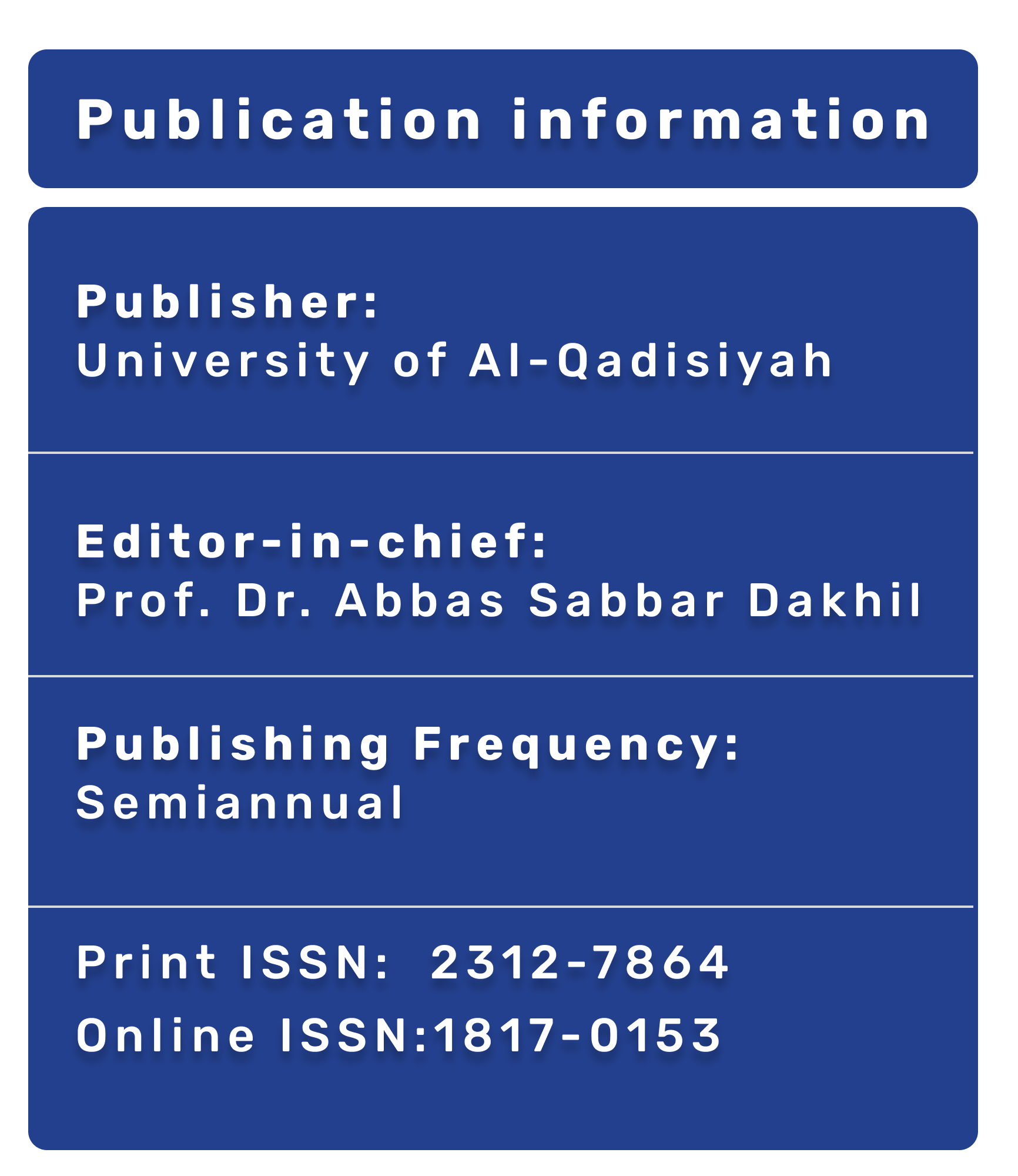The Molecular and Phylogenetic study of Cutaneous Leishmaniasis in Wasit province
الكلمات المفتاحية:
Cutaneous Leishmaniasis، Leishmania major، kDNAالملخص
The current study included the detection of Cutaneous Leishmaniasis from patients who attended the dermatology clinic of Al-Zahra teaching hospital of Kut City, Iraq during the months of December 2021 and at the end of March 2022. Twenty skin samples were taken from suspected patients with CL stained with Giemsa stain and checked for Leishmania amastigote stage. A 13 (65%) positive (amastigote) undergo culturing the Leishmania parasite in an NNN (Novy-MacNeal-Nicolle) to observe the promastigote form of the parasite and 3 positive culture Leishmania undergo performed Nested PCR technique to the detection of mitochondrial kinetoplast minicircle fragment DNA (kDNA). In the current study, three positive culture samples belonged to the Leishmania major. DNA sequences of the kDNA gene of L. major showed confirmative genetic detection of local isolates using NCBI-Blast data and phylogenetic tree analysis after comparison with global recorded isolates. The local L. major isolates showed genetically closed related to NCBI-Blast L. major with accession number MF166792.1. Generally, the analysis of kDNA nitrogen base sequences showed that all of the samples were consistent with those recorded at the NCBI. Conclusion: Cutaneous leishmaniasis with diverse clinical manifestations, is prevalent in Wasit province and caused by L. major similar in kDNA gene sequence closest to Iraq isolate genetically but L. major was the main species in the study area.




